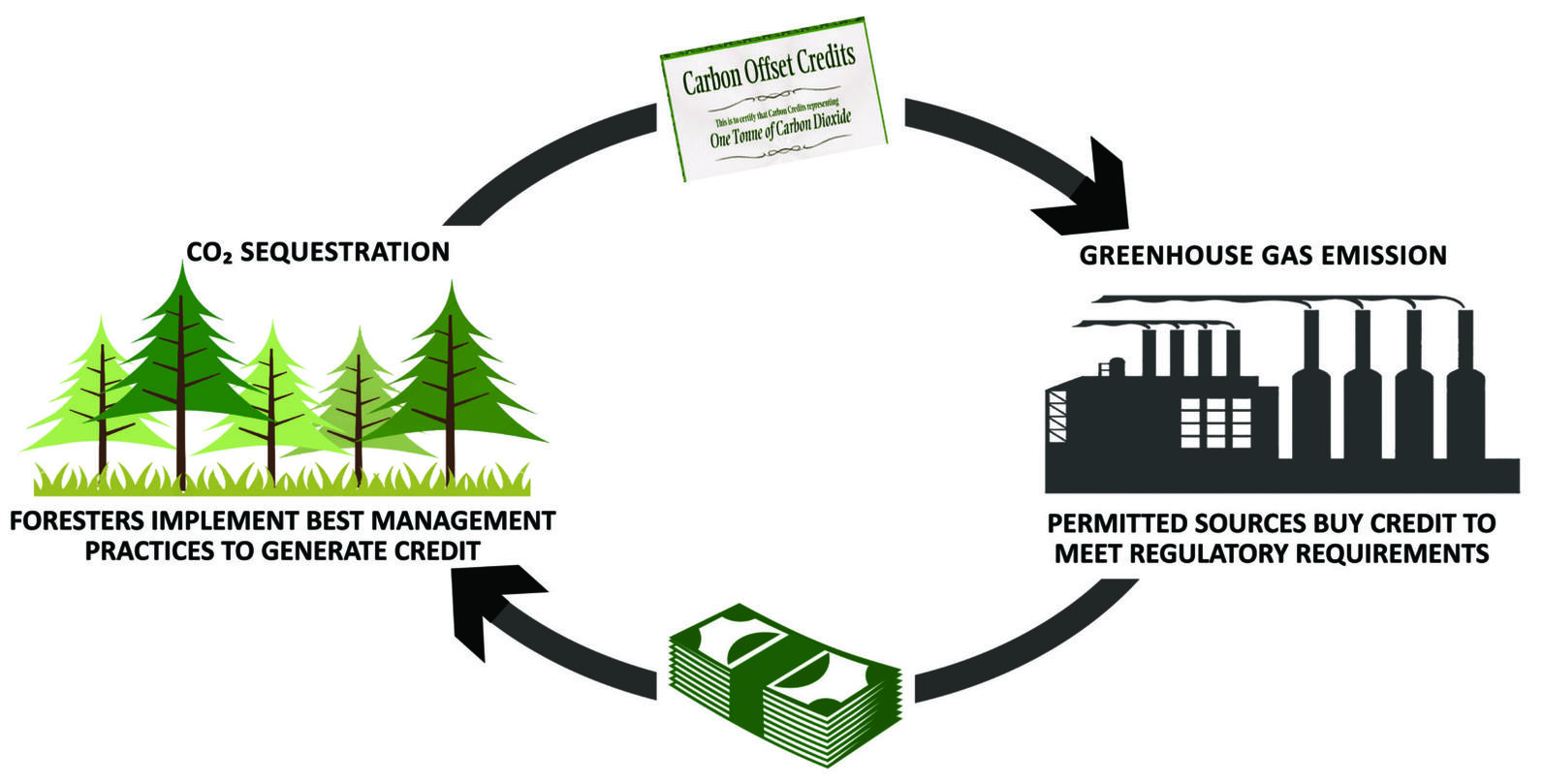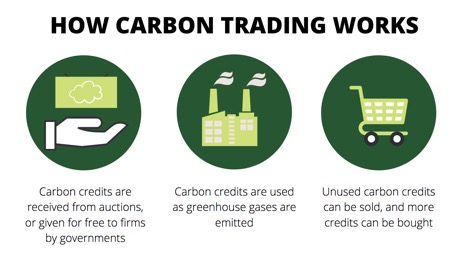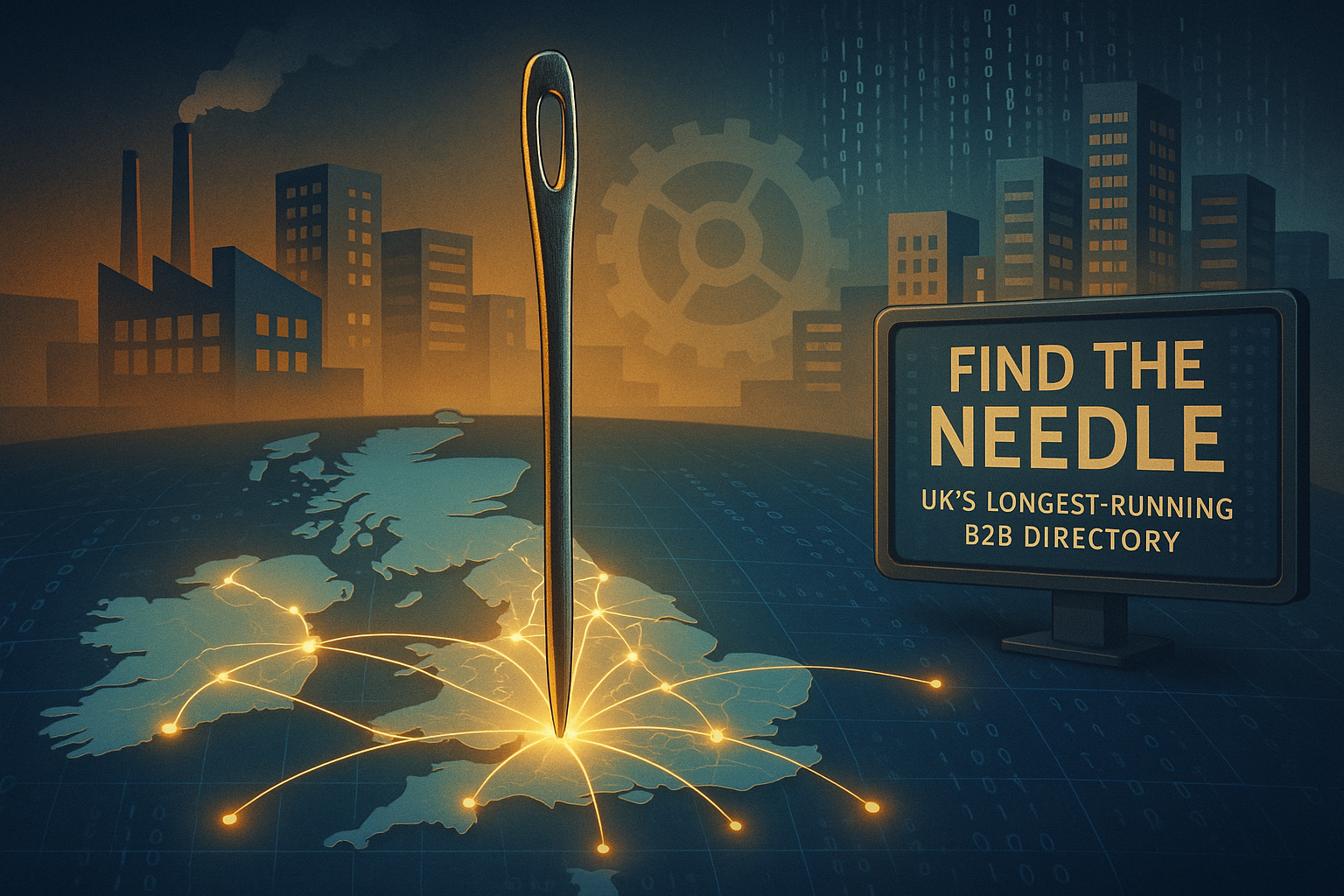What Is Carbon Trading?
- 19 Jul 2022
- Articles
Climate change is one of the hottest topics of our time. Many ways have already been introduced to combat climate change at all levels. One of these ways is carbon trading. This method consists of buying and selling permits for carbon dioxide emissions. Through this, the EU can partially control the amount of carbon dioxide in the air. In such a strategy, a large number of companies have included carbon price forecasts in their business strategy.

How Does It Work in Practice?
Carbon pricing has become the leading way to control the growth of the greenhouse effect. Over the past few years, the market has seen a steady increase in prices. The Covid-19 pandemic and the current political situation also led to this, which caused an energy crisis and an increase in the demand for carbon. Because of this, the governments of the countries that adopted the Kyoto Protocol, which introduced carbon trading, have adopted new trading rules. The changes include:
|
Buying a limited emission permit |
Other countries can purchase unused portions to increase the limit of emitted carbon
|
|
There are 68 pricing instruments, which also include 37 carbon taxes
|
The introduction of new prices, and the extension of the Kyoto Protocol. Israel, Malaysia, and Botswana decide to develop and introduce new pricing instruments
|

Carbon Price Forecast
Due to growing geographic tensions, natural gas supplies dropped significantly in the second half of 2021. Combined with high demand, this led to a sharp increase in carbon prices and the beginning of an energy crisis later on. This problem has not been resolved and has even worsened to the present day due to the outbreak of an open war between Ukraine and Russia, as a result of which the latter has stopped supplying natural gas. Because of this situation, global reforms in emissions trading are expected shortly.







